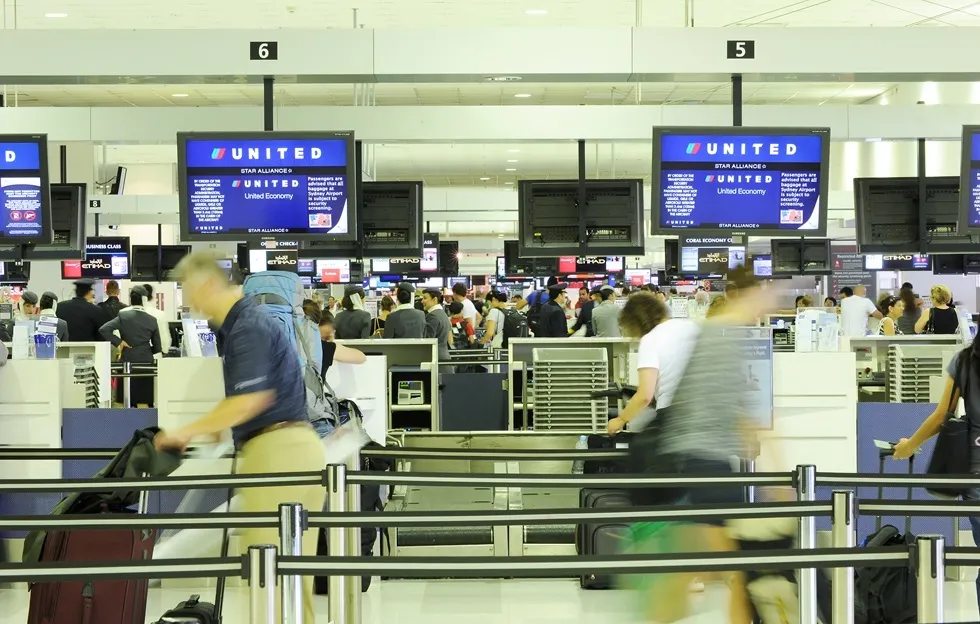
Safety and security a worry for Asia-Pacific business travellers
Nov 09, 2017

Safety and security have become significant concerns for business travelers in the Asia-Pacific region, influenced by a range of factors including geopolitical tensions, natural disasters, and rising crime rates. As companies expand their operations and personnel across diverse markets, the need for robust risk management strategies grows. Travelers face challenges such as navigating unfamiliar environments, potential health risks, and varying local regulations. Increasing awareness of these issues has prompted organizations to prioritize traveler safety, invest in security training, and leverage technology to monitor real-time risks, ensuring that their employees can conduct business with greater confidence and peace of mind.
As the Asia-Pacific region continues to grow as a hub for business and trade, safety and security have emerged as significant concerns for many business travellers. The complexities of navigating different countries, each with their own unique challenges, can create a worrying environment for those on business trips. Understanding the risks and implementing effective strategies can help mitigate these concerns, allowing business travellers to focus on their work rather than their safety.
Current Landscape of Safety and Security in the Asia-Pacific Region
The need for robust safety protocols has never been more critical. According to recent surveys, a notable percentage of business travellers express concerns about personal safety, political instability, and health risks in various Asia-Pacific countries. The following chart illustrates the top safety concerns reported by business travellers in the region:
| Safety Concern | Percentage of Business Travellers Concerned |
|---|---|
| Personal Safety | 63% |
| Political Instability | 57% |
| Health Risks | 49% |
| Theft or Robbery | 45% |
| Transportation Risks | 37% |
These statistics highlight the pressing need for businesses to prioritize safety and security for their employees travelling within the Asia-Pacific region. With potential threats ranging from crime to political unrest, understanding these risks is essential for effective planning.
Strategies for Enhancing Safety and Security
To address these concerns, businesses should implement comprehensive safety strategies tailored to the specific risks of each destination. Here are some essential strategies that can significantly enhance the safety and security of business travellers:
1. Pre-Travel Risk Assessment
Conducting a thorough risk assessment before travel can help identify potential dangers. This includes evaluating the political climate, crime rates, health advisories, and cultural norms of the destination. Utilizing resources like travel advisories from government agencies can provide valuable insights.
2. Travel Insurance
Investing in comprehensive travel insurance is a vital step for any business traveller. This coverage can protect against unexpected medical emergencies, trip cancellations, and other unforeseen events that may occur while abroad.
3. Training and Awareness
Providing safety training for employees prior to their trip can equip them with the knowledge and tools necessary to handle various situations. This training should cover topics such as situational awareness, emergency procedures, and cultural sensitivities to help mitigate risks.
4. Emergency Contact Protocols
Establishing clear communication protocols is crucial in case of emergencies. Business travellers should have a list of emergency contacts, including local authorities, the nearest embassy, and company representatives. Ensuring that employees have access to reliable communication tools can further enhance their safety.
Understanding Local Laws and Customs
One of the most effective ways to ensure safety while travelling in the Asia-Pacific region is to understand and respect local laws and customs. What may be acceptable in one country could be frowned upon in another. Business travellers should familiarize themselves with local etiquette, dress codes, and legal regulations to avoid misunderstandings and potential legal issues.
The Role of Technology in Enhancing Safety
In today’s digital age, technology plays a significant role in enhancing safety for business travellers. Various applications and tools are available to provide real-time information about safety conditions, health alerts, and emergency services. Some useful technologies include:
- Travel Safety Apps: Apps like Smart Traveler and TravelSafe can provide alerts about safety conditions in specific areas.
- GPS Tracking: Companies can utilize GPS tracking devices to monitor the location of their employees while travelling.
- Communication Tools: Reliable messaging apps can facilitate immediate communication during emergencies.
Conclusion
Safety and security remain paramount concerns for business travellers in the Asia-Pacific region. By understanding the risks and implementing effective strategies, companies can significantly reduce these worries. Whether through pre-travel assessments, comprehensive training, or leveraging technology, prioritizing the safety of business travellers is essential for fostering a secure and productive travel environment. Ultimately, addressing these concerns not only protects employees but also enhances overall business productivity and success in this dynamic region.
Related Articles

Explore Thailand: The Best Islands to Visit for Paradise, Adventure, and Relaxation

The Ultimate Guide to the Best Islands in Thailand for Your Next Getaway

Do babies need passports? How to get a passport for a newborn

How to get a U.S. passport fast: here’s how to expedite the process

What is Mobile Passport Control: 5 reasons why you should use it

SENTRI vs. Global Entry: A detailed guide

Do you need a passport to go to the Bahamas? Let’s find out

Do you need a passport to go to Mexico? A detailed guide

Do you need a passport to go to Canada? We got the answer

Do You Need a Passport for a Cruise: An Essential Travel Guide

Booster Seat Requirements: All the Rules to Follow in Your Rental Car

What Are the World’s Most Powerful Passports, and How Does Yours Rank?

How to Take a Passport Photo at Home: A Helpful Guide

You've got to have heart! Southwest's new livery

Your opinion: Should water be free on low cost carriers?

Young women bolder than guys as solo travellers
